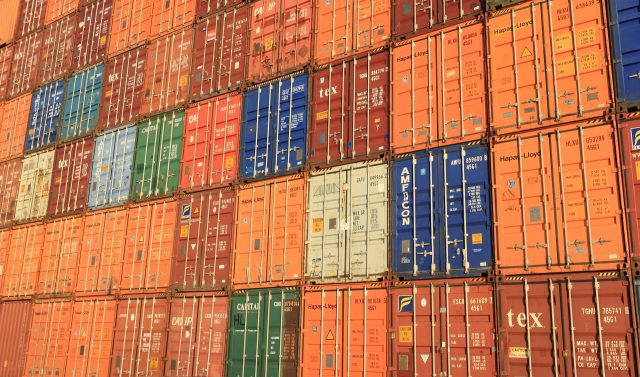
In 2023, Italy showed GDP growth of 0.9%, exceeding the Eurozone average and beating France and Germany.
Despite international tensions and a contraction in global trade, Italy has gained a position among the main world exporters, placing itself in sixth place. This success in exports represents a fundamental pillar for the Italian economy and contributes to making the country stronger and more competitive on a global level.
The Resilience of the Italian Economy
The global economy in 2023 saw GDP growth of 3.2%, higher than expectations, despite the challenges posed by geopolitical tensions, restrictive economic policies to contain inflation and stringent budget policies. However, international trade was negatively affected by these tensions, with a 0.6% reduction in the quantity of goods exported compared to 2022 and a 4.6% contraction in value, mainly due to the drop in raw material prices. In this complex context, Italy recorded GDP growth of 0.9%, an increase higher than the Eurozone average and the performances of France and Germany. This result is significant, considering that Italy’s GDP grew for the third consecutive year at a faster pace than its main European competitors.
The Crucial Role of Export
Exports of Italian goods, in current euros, remained stable at the 2022 level, and Italy gained one position, ranking sixth among the world’s main exporters, overtaking South Korea. This positioning is a key indicator of the Italian competitiveness on the global market. Although Italy represents only 2.2% of global GDP, in at least five macro categories it boasts a market penetration of more than 5%, with peaks of 10% in the wine sector. These results highlight Italy’s ability to maintain and strengthen its presence in international markets, even in difficult global economic conditions. The diversification of Italian exports, which covers sectors such as agri-food, fashion, mechanics and luxury goods, represents a significant competitive advantage. The success of Made in Italy in the world is demonstrated by the strong demand for Italian products, appreciated for their quality, design and innovation.
The States General of Export
To further improve national economic performance and strengthen Italy’s position in international trade, the States General of exports were promoted, organized by the Foreign Minister and Deputy Prime Minister Antonio Tajani. These meetings, which will be held in Rome and soon also in Milan, represent an important step in discussing and implementing strategies aimed at supporting and enhancing Italian exports. The States General of Export is a strategic forum where government representatives, entrepreneurs and sector experts can discuss and work together to identify the opportunities and challenges of Italian exports. These meetings aim to develop concrete policies and initiatives to support Italian companies in expanding into foreign markets, while promoting the image of Made in Italy in the world.
The Global Auto Challenge: The Stellantis Case
An emblematic example of the evolution of the Italian industrial sector is represented by the Stellantis group, born from the merger between Fiat Chrysler Automobiles (FCA) and the French PSA group. In 125 years of history, Fiat has experienced a significant transformation, culminating in the creation of Stellantis, one of the largest automobile manufacturers in the world. The global automotive challenge, with the emergence of new technologies such as electric, represents an opportunity and a challenge for the group, led by John Elkann. Stellantis aims to become a leader in the sustainable mobility sector by investing in research and development for the electric car and other innovative technologies. This commitment reflects the Italian automotive industry’s ability to adapt and innovate in a rapidly evolving global market.
The Strength of Numbers
The numbers provided by Ice, the agency for the promotion abroad and the internationalization of Italian companies, confirm the strength of Italian exports. These are not subjective analyses, but concrete data that demonstrate the country’s ability to compete with the main global economic giants. The resilience and innovation capacity of Italian companies are key elements in explaining export success. Italian companies, often small and medium-sized, are able to quickly adapt to market changes and offer high-quality products that meet the needs of global consumers.
Exports represent a fundamental component of Italy’s economic strength. Despite the challenges posed by international tensions and the contraction of global trade, Italy has demonstrated that it is capable of growing and strengthening its position on international markets. With a targeted strategy and constant commitment, Italy can make the most of its excellence and consolidate its presence in international markets, making the country increasingly stronger and more competitive.



 Subscribe
Subscribe